Is this a mosquito?
If answers to ALL of the following questions are YES then the insect is a mosquito. If at least one answer is a NO, then the insect is NOT a mosquito.
1. Does it have a long, needle-like mouthpart? (picture below) This part is called the proboscis that mosquitoes use to suck blood.
2. Does it have a pair of wings? One on each side.
3. Do the wings have scales?

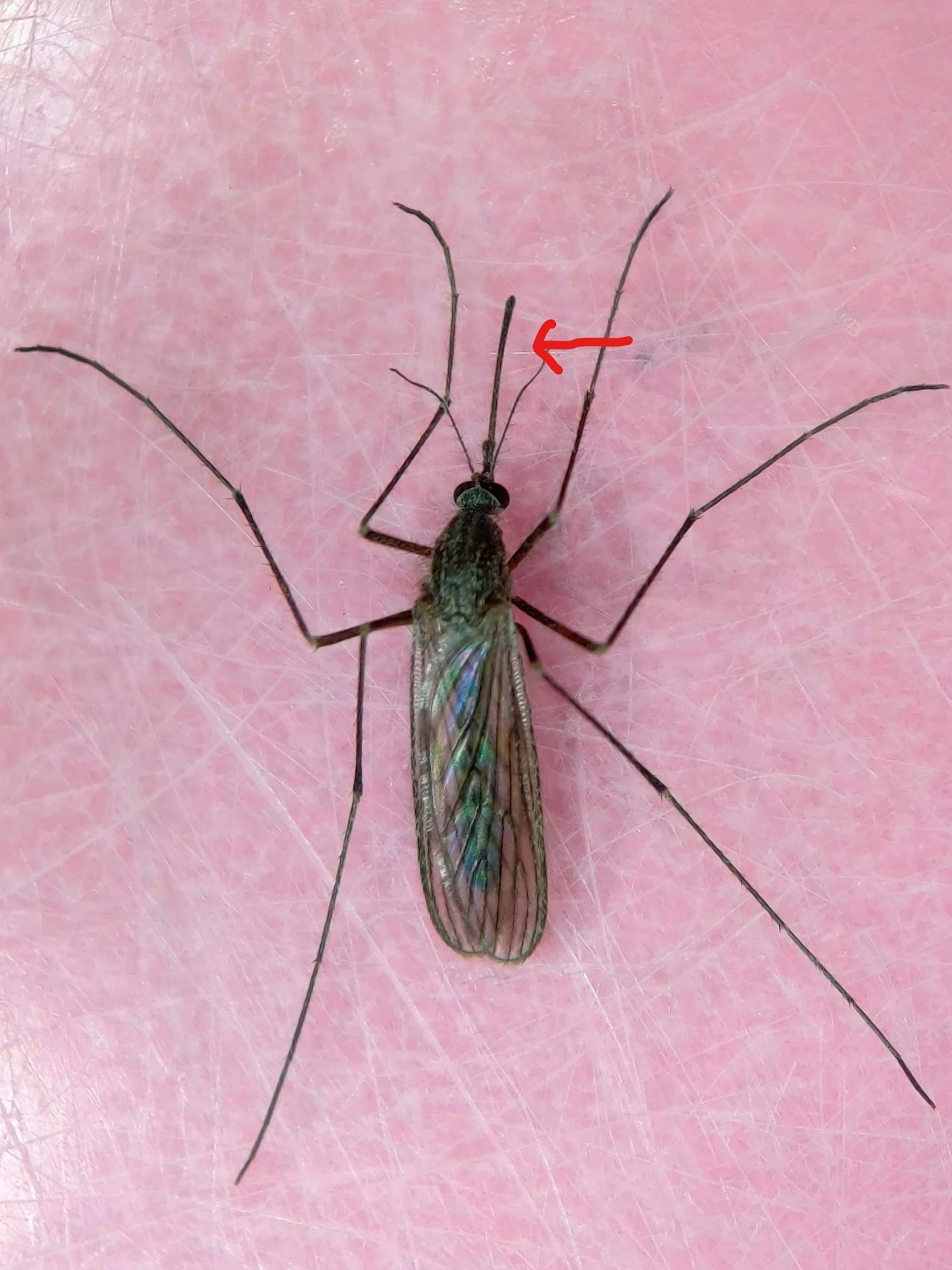
Following are other insects that may be confused as mosquitoes.
1. Cranefly
If the insect looks like a mosquito, but it is too big to be one then it is most likely a cranefly. Craneflies have an elongate body, long and narrow wings, and very long, thin legs. They are sometimes mistaken for mosquitoes because they tend to rest in shady areas (under porches or eaves of a building), but craneflies do not bite humans, therefore do not transmit any diseases. They feed on flower nectar. Most species of craneflies do not have needle-like mouthpart (proboscis) and the wings do not have scales.
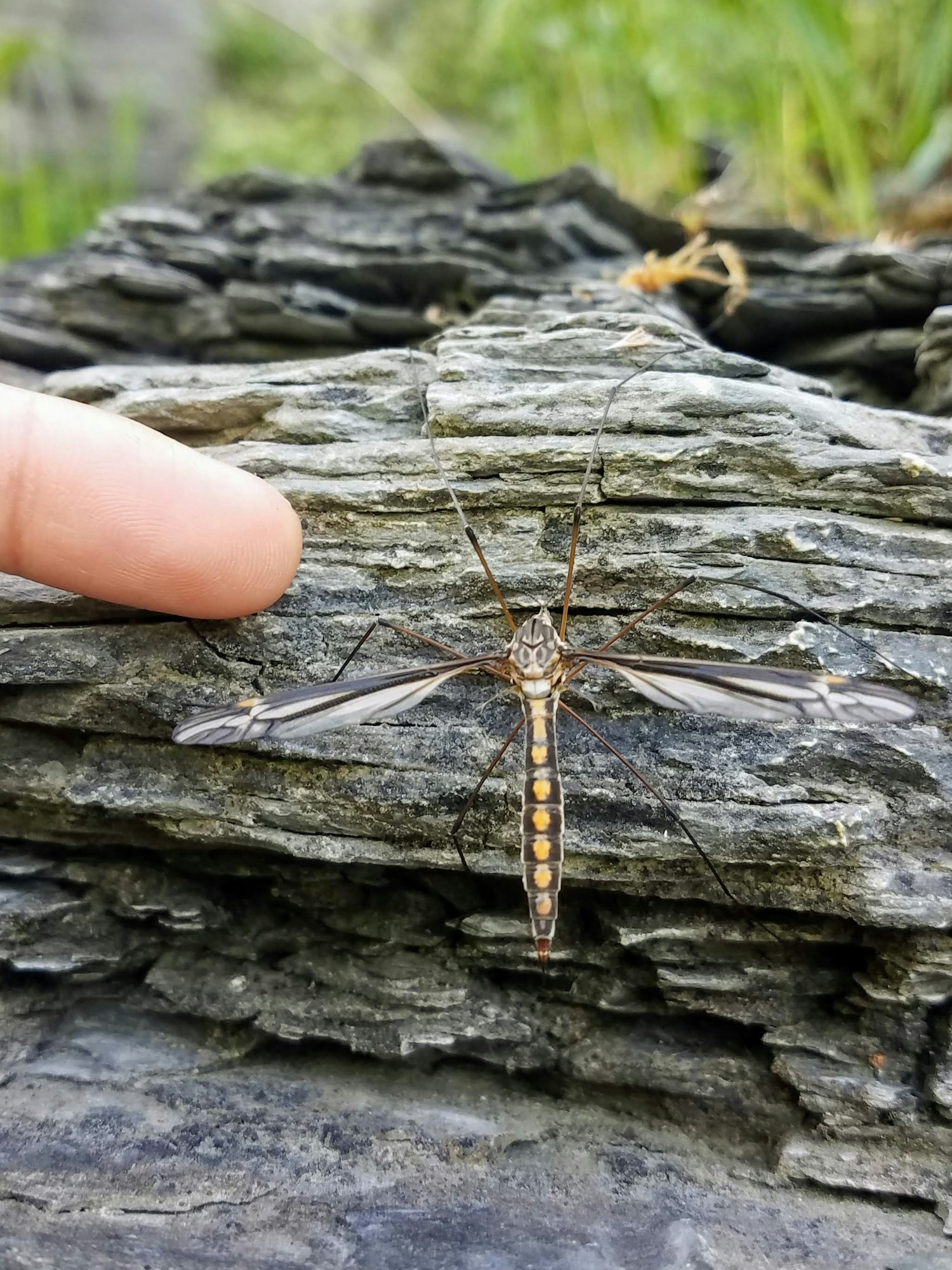
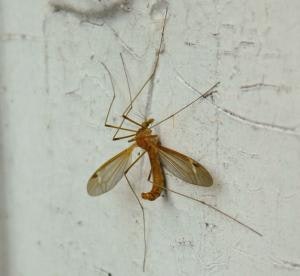
Craneflies are relatively abundant and common insects. Most craneflies are associated with moist, semi-aquatic environments- spending their lives in most plant debris, mud, or sand near the water's edge. They are sometimes mistakenly referred to as "mosquito hawks," which makes one think that the craneflies feed on mosquitoes, but that is not true. Craneflies solely feed on nectar.
2. Midge
There are non-biting (Chironomidae) and biting (Ceratopogonidae) midges. The biting midges are commonly known as "no-see-ums." Compared to mosquitoes, midges are extremely small. Non-biting midges can grow up to half an inch, however, biting midges are often about one-eighth of an inch. Midges do not have a needle-like proboscis, but the biting midges have mouthparts that can cut through human skin. Midges also lack scales on their wings. Midges develop in great numbers and are found in swarms, which can be extremely annoying, but they are not known to transmit any human diseases in the US.
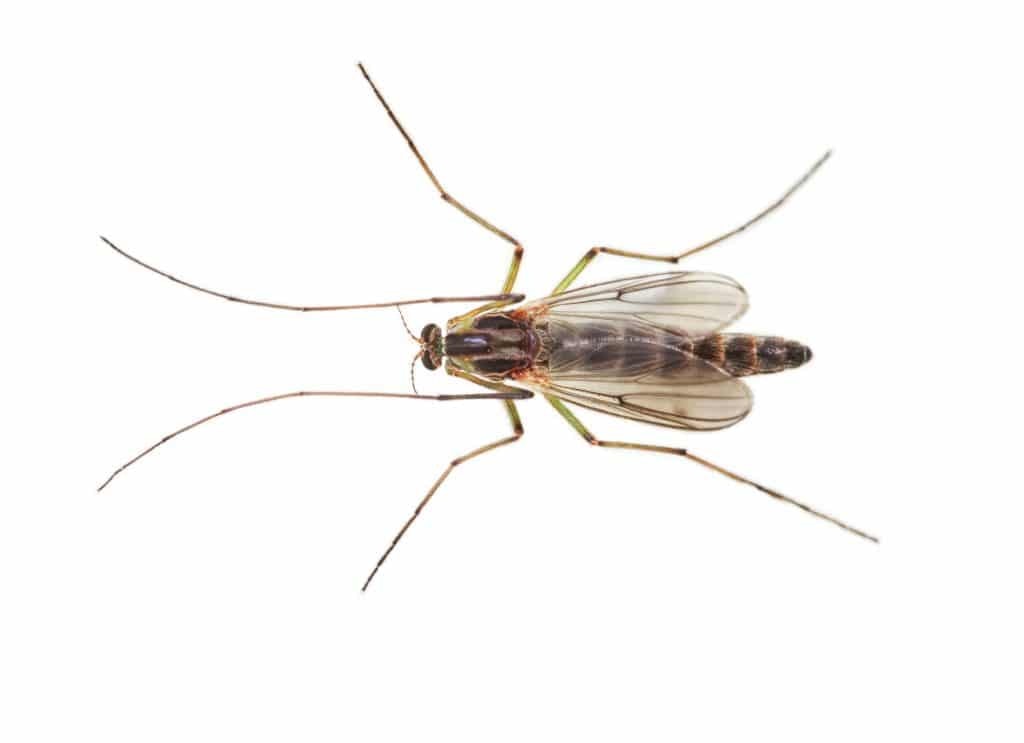
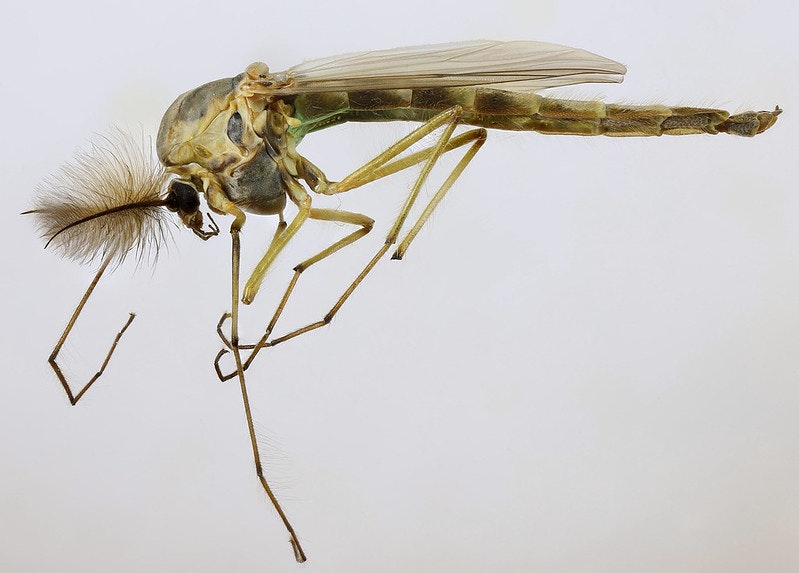
3. Fungus gnat
Fungus gnats look similar to mosquitoes, but they do not bite humans, so do not transmit any human diseases. However, they can be a nightmare for gardeners and plants. Fungus gnat larvae feed on plant roots and stems, which can cause yellowing or poor plant growth and can spread plant diseases. Fungus gnats thrive in moist debris and soil [avoid over-watering plants]. Adult gnats are about 1/8 of an inch and have grayish bodies, scale-less wings, and lack proboscis.
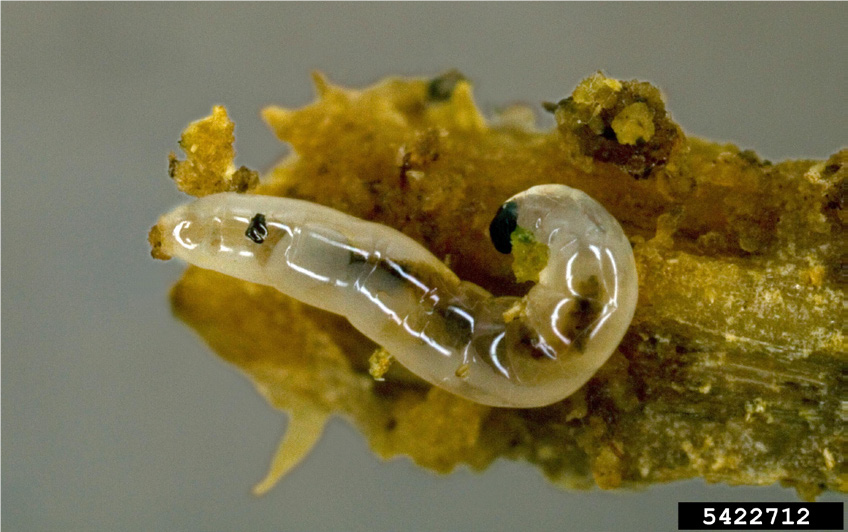

4. Drain fly
Drain flies also known as sink flies or moth flies are tiny (about 2-5mm), non-biting gnats. Their bodies and wings are round and hairy. Just like mosquitoes, drain flies lay their eggs and grow in stagnant water.

